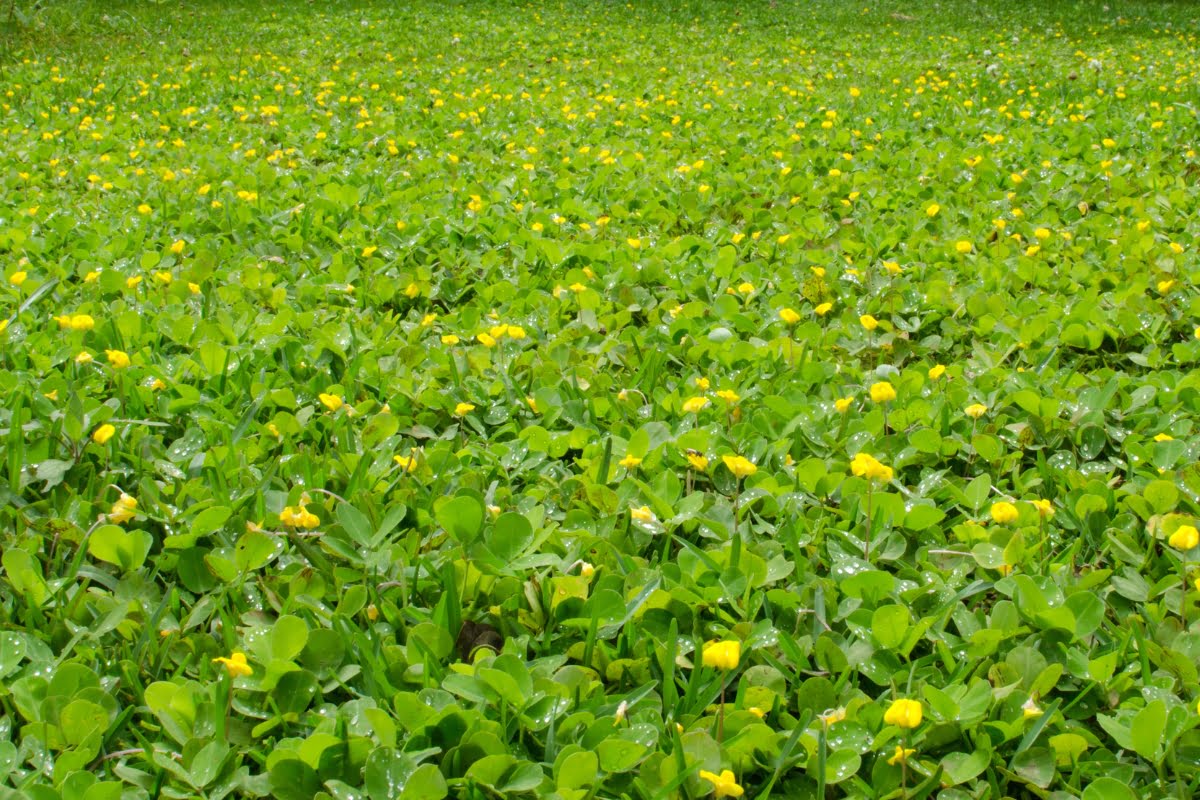Having a garden in Georgia can be an incredibly rewarding experience. Not only can you enjoy the beauty of the lush greenery, but you will also have a great opportunity to care for something while learning sustainable practices.
But all too often, when the choice of plants is made, shaded areas are overlooked and neglected. These spots can still be used to create a vibrant display, but knowing which ground cover for shade is best suited for suiting your needs in Georgia is necessary information.
To get started on creating a gorgeous garden in Georgia’s shaded areas, read on to learn more about the best ground cover for shaded areas in Georgia.
Understanding the Climate of Georgia
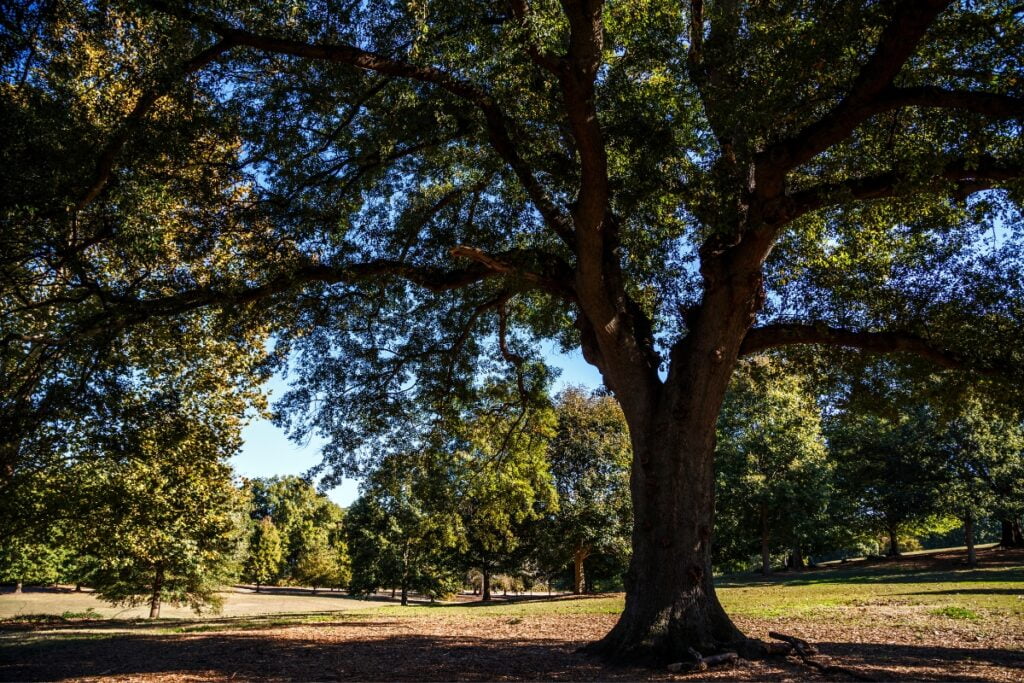
Georgia‘s climate is classified as a humid subtropical one. A climate like this means that the summers are generally hot and humid with temperatures averaging around 85°F (29°C).
On the other hand, its winters can be quite mild and wet, with temperatures usually ranging between 40°F (4°C) and 65°F (18°C). The average annual precipitation for Georgia is around 50 inches (127 cm).
Due to its climate, Georgia is a great place for growing a variety of plants. When selecting plants for Georgia landscapes, it is important to consider the climate and the type of soil available.
Georgia has many soil types, ranging from loamy sand to sandy clay loam, and these soils generally have low levels of organic matter.
What Qualities Make a Good Ground Cover for Shaded Areas in Georgia?
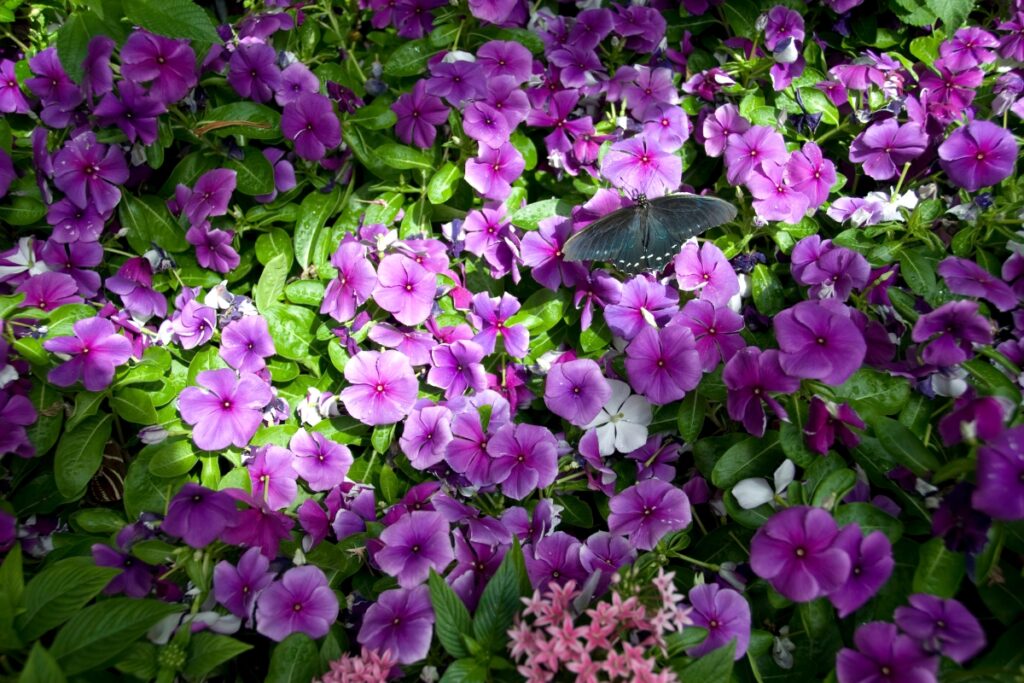
The state of Georgia is a great place to grow plants and flowers and to create a beautiful outdoor space. When creating a garden, one of the most important elements is selecting the right ground cover for shaded areas.
Ground cover is a type of plant or material that is used to cover the soil around trees, shrubs, flower beds, and other garden spaces.
When selecting ground cover for shaded areas, the most important quality to consider is that the material or plants can withstand low light.
Many common ground cover plants are sun-loving, but there are some varieties that will thrive in shaded areas as well. These include ferns, mosses, and ivy. Ferns have lush, green foliage and are versatile in different soil conditions.
Mosses are a great choice as they help to retain moisture and add texture to the garden. Ivy is also a good option as it can spread quickly, creating a dense layer that prevents weeds from growing.
In addition to sun tolerance, some other qualities to look for in a good ground cover for shaded areas in Georgia include drought tolerance, pest resistance, and low maintenance.
Drought-tolerant varieties can handle periods of drought without needing to be watered frequently, making them perfect for Georgia’s hot and dry summers.
Pest-resistant ground cover can also help keep damaging insects at bay. Low-maintenance ground cover is also ideal as it requires minimal upkeep, freeing up time for other garden tasks.
When selecting a ground cover for shaded areas, it is important to do research on the particular needs of the plants or materials. For example, some may require more water than others and some may require more sunlight. Knowing these details will help to ensure that the ground cover is the right fit for the garden.
Top Ground Cover Options for Georgia’s Shaded Areas
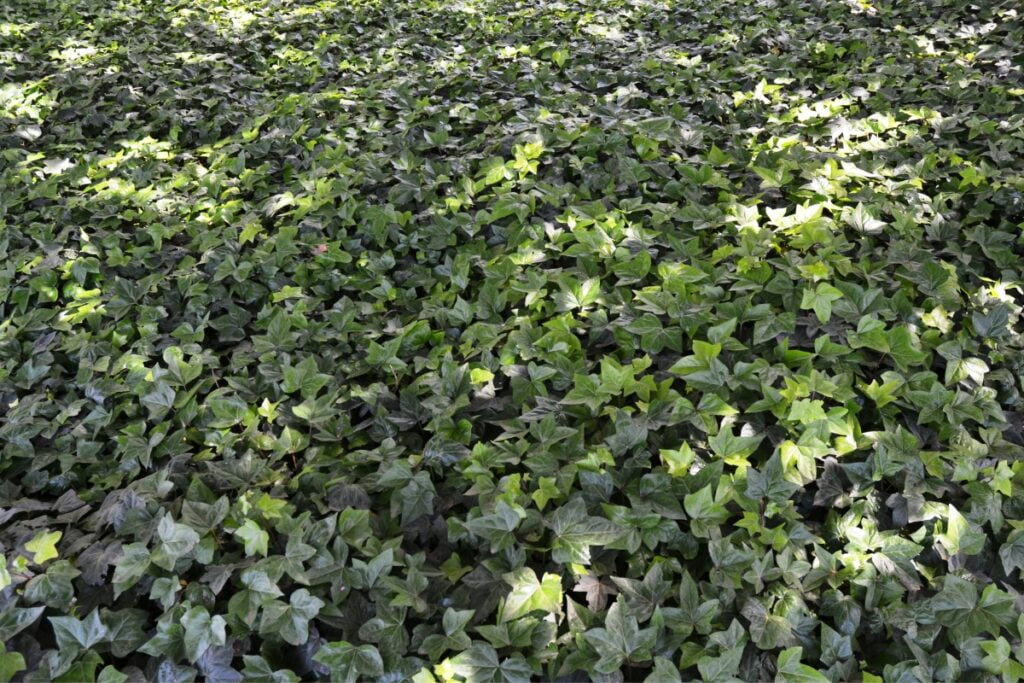
Georgia’s climate is warm and humid, with various soils that make it possible to grow diverse types of plants and flowers. One challenge for gardeners in Georgia is to find the best ground cover for shaded areas. Ground covers can provide a beautiful and low-maintenance solution for adding color and texture to a garden. Here are some of the top ground cover options for Georgia’s shaded areas.
Hosta is a popular ground cover choice in Georgia. With its lush green foliage and striking white, purple or blue flowers, it creates a beautiful display of foliage that is sure to please. Hostas are well-suited to shady areas and require minimal care. They can be grown from seed or purchased as plants.
Another great option for ground cover in shaded areas in Georgia is Liriope. This evergreen perennial has attractive, slender foliage and provides a lush green backdrop for other plants. It grows in a variety of climates and can handle moderate amounts of shade. It is very hardy and will do well in a variety of soils.
Ferns are a great choice for ground cover in shaded areas. These plants come in a variety of shapes and sizes and can add texture and interest to a garden. Ferns are easy to grow and require little maintenance. Additionally, they are drought-tolerant and can handle some shade.
Creeping phlox is another excellent choice for shade-tolerant ground cover. This low-growing perennial has small, colorful flowers that bloom in the spring. It is low-maintenance and can handle moderate amounts of shade. It is also very drought-resistant, making it a great choice for areas with low water supplies.
Finally, wax myrtle is a great choice for shaded areas in Georgia. This low-growing evergreen shrub has glossy foliage and produces small, fragrant flowers in the spring. It is low-maintenance and can handle moderate amounts of shade. Wax myrtle is also drought-tolerant and can handle dry conditions.
Planting and Maintaining Ground Cover in Georgia’s Shaded Areas
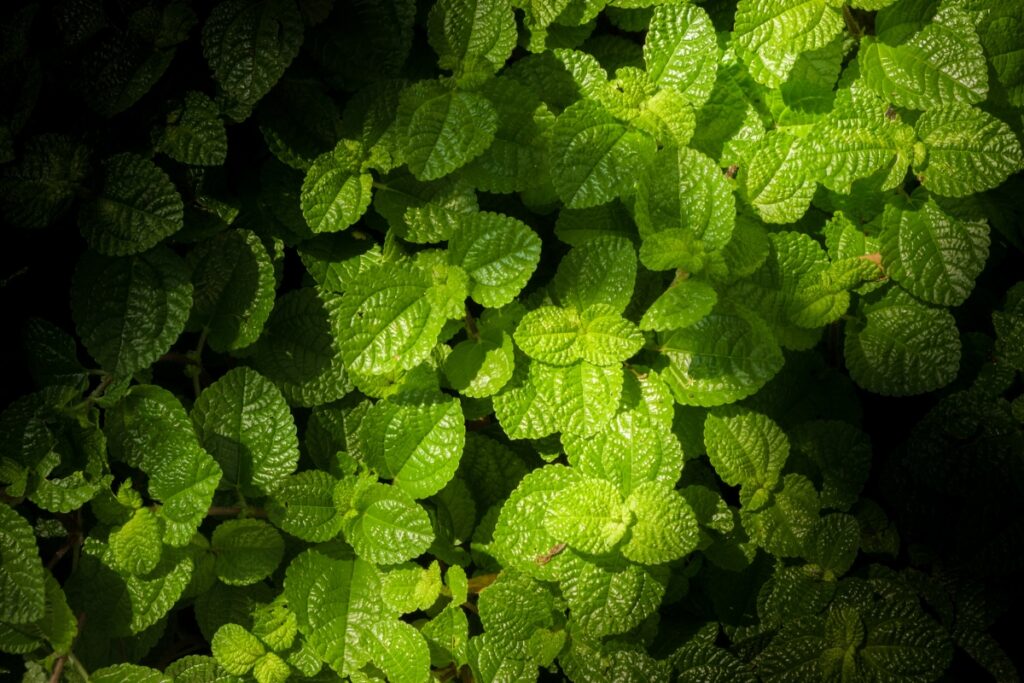
Ground cover plants can be a great way to keep your Georgia yard looking green even in shaded areas. Shade-tolerant ground covers are perfect for adding interest, texture, and color to a shady landscape. With the right ground cover plants, you can create a wonderful backdrop for your garden and enjoy the beauty of your yard year-round.
Once you’ve chosen the right ground cover for your Georgia garden, it’s important to properly plant and maintain it. Before planting, make sure you prepare the soil properly. Work in organic material like compost or peat moss to the soil to add nutrients and improve drainage.
Once the soil is prepared, dig holes for the ground cover plants and space them according to the specific requirements of the plant. Be sure to check the plant label for any detailed planting instructions.
After planting, it’s important to water your ground cover plants regularly. Most ground covers prefer soils that are evenly moist, so be sure to give them enough water to keep them hydrated. As your ground cover plants begin to grow, you may need to apply a balanced fertilizer every few weeks to keep them healthy.
In addition to regular watering and fertilizing, you should also keep an eye out for any pests or diseases. Inspect your plants regularly for any signs of damage or infestation. If you spot any problems, take action immediately to prevent them from spreading.
Thriving Ground Covers for Georgia's Shaded Landscapes
When it comes to finding the perfect ground cover for shaded areas in Georgia, there are many options to consider. Each ground cover has different features and characteristics that make it well suited for a specific set of conditions.
No matter which type of ground cover you choose, it is important to remember that good soil preparation is essential for a healthy lawn. It is also important to select the right type of ground cover for the shade and temperature conditions in Georgia and to properly aerate and fertilize the soil to promote healthy growth.
Additionally, it is important to keep in mind that some ground covers are more susceptible to weeds and require more frequent maintenance. With the right ground cover and proper maintenance, you can have a lush and attractive lawn in Georgia.
Discover the finest ground cover solutions for your lawn and property with the assistance of Glover Landscapes.
Our comprehensive range of landscaping services ensures that your dream landscape becomes a reality. If you’re eager to explore fresh landscaping ideas, look no further – we’re at your service. Reach out to us at (404) 510-6437 or simply fill out our website form to request a free estimate. Make Glover Landscapes your ultimate choice for all your landscaping requirements today!
